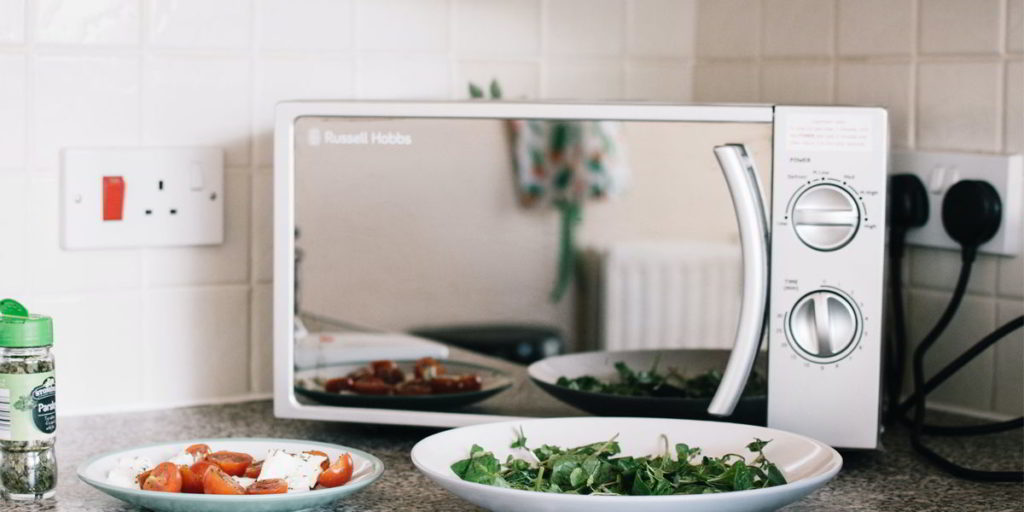
Microwaving Guide: Foods, Containers & Safety Tips
Quick answers on what you can and can’t microwave.
Microwaving can be convenient, but not everything is safe to put inside. In this hub, you’ll find practical guides that explain which foods, containers, and materials can be microwaved, what happens when you do, and safer alternatives when you shouldn’t.
Microwaving Containers & Materials
Not all containers are microwave safe. These guides explain what happens when you microwave plastics, metals, or unusual materials, and which ones you should avoid.
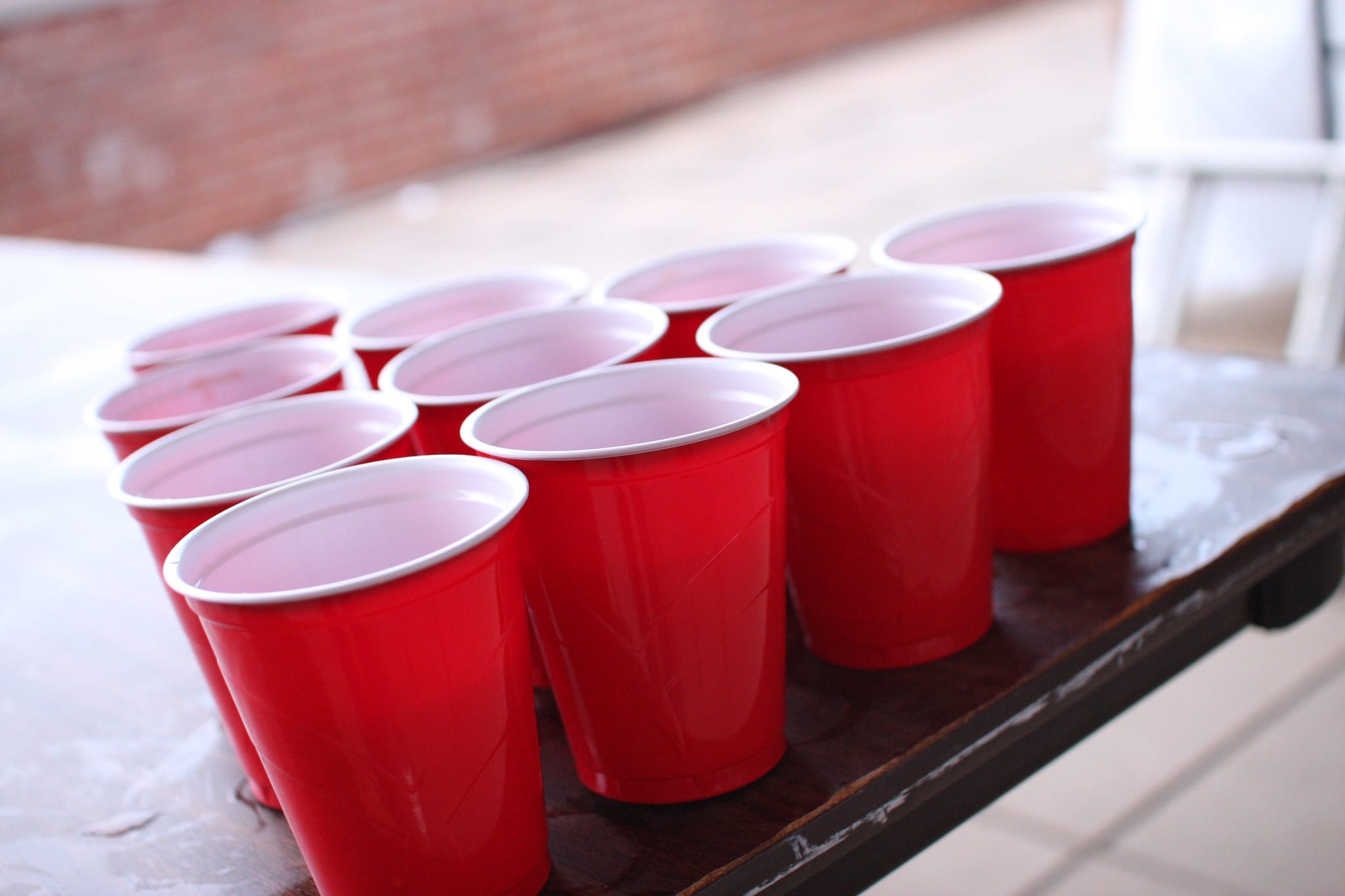
Can You Microwave Red Solo Cups? (What You Should Know)
Red Solo cups are not built for heat and can warp or leach chemicals in the microwave. Discover safer alternatives for reheating drinks.
Read More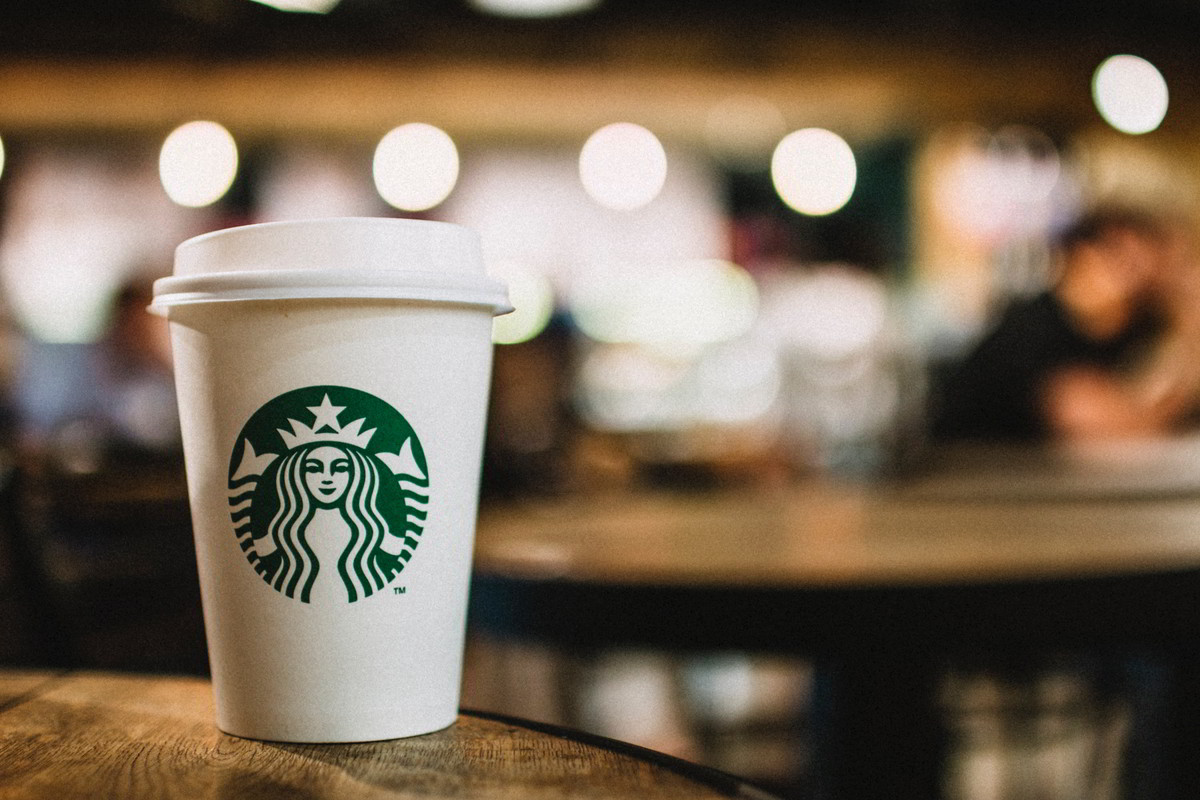
Can You Microwave Starbucks Cups? (Paper & Plastic)
Most Starbucks cups aren’t microwave safe due to plastic linings or coated paper. Find out what happens when you try, and better reheating options.
Read MoreMicrowaving Packaged & Frozen Foods
From frozen pizzas to toaster pastries, some packaged foods heat well in the microwave, while others don’t. Learn the best ways to warm them up without ruining taste or texture.
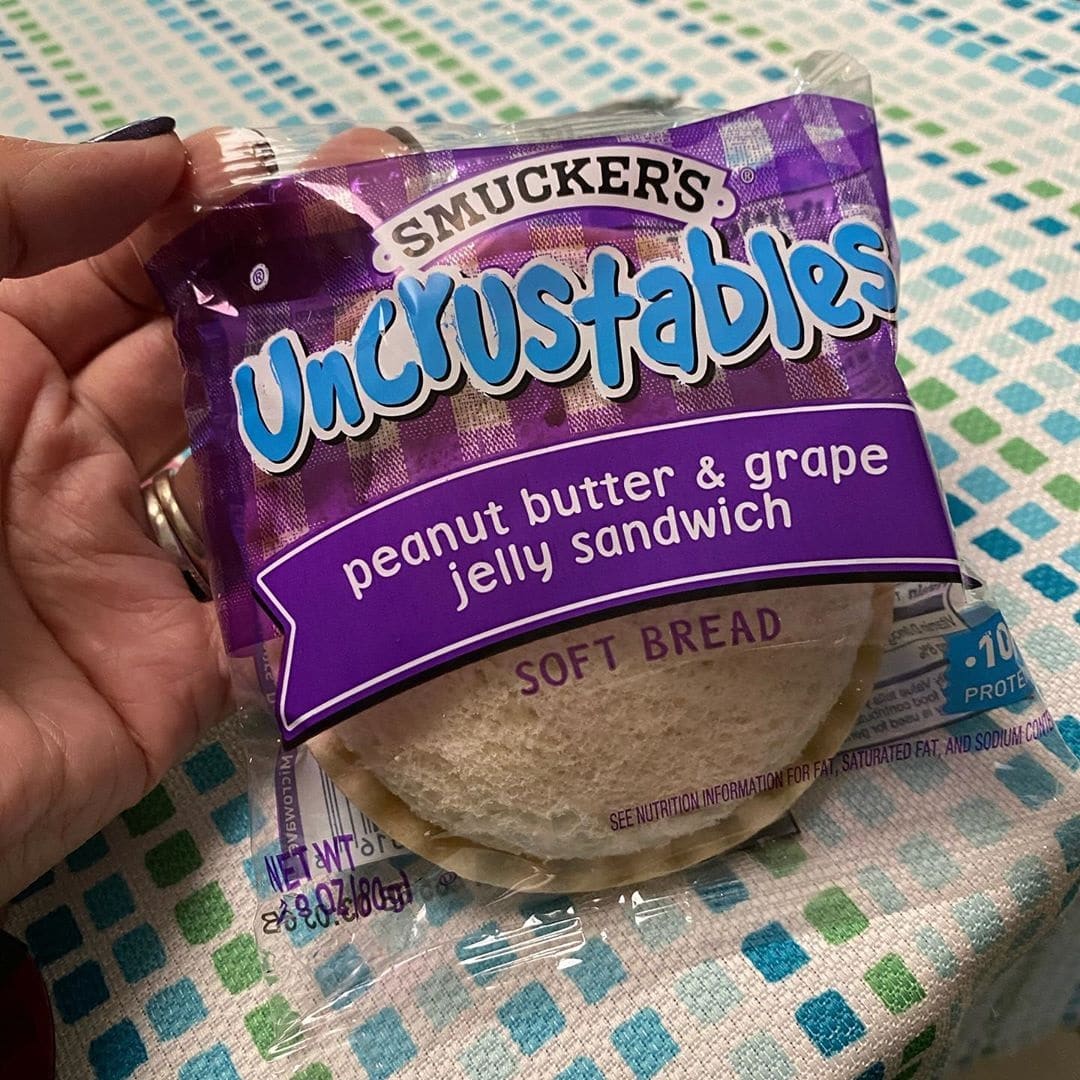
Can You Microwave Uncrustables? (Or Toast Them Instead?)
Uncrustables aren’t meant for microwaves, the filling can get messy. Learn safer ways to thaw or toast them for best results.
Read More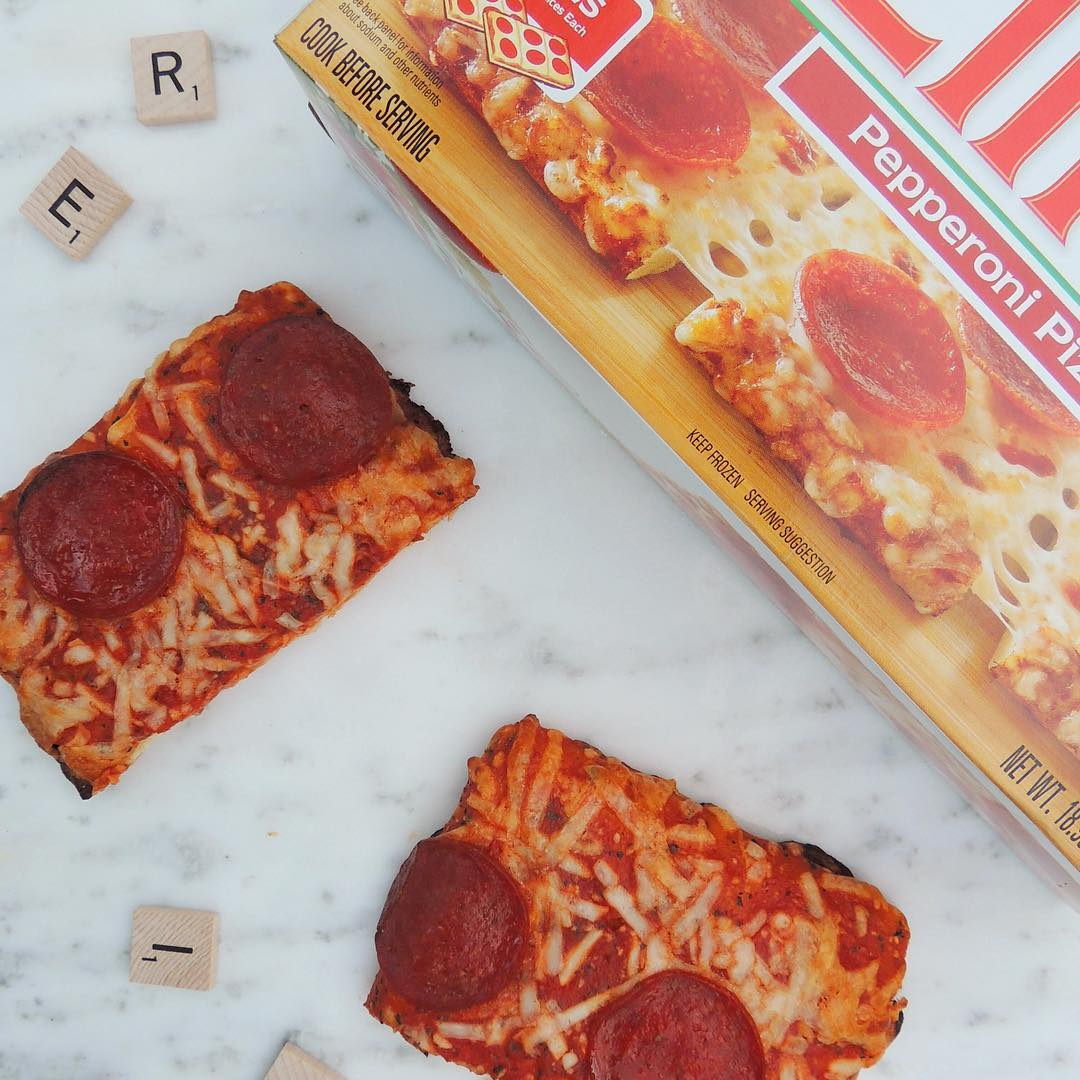
Can You Microwave Ellio’s Pizza? (Best Way to Heat It Up)
Ellio’s pizza can be microwaved but won’t crisp up. See how to heat it quickly while keeping the cheese melty and edible.
Read More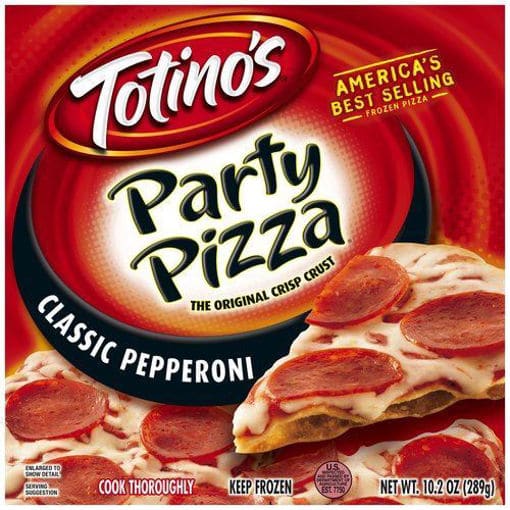
Can You Microwave Totino’s Pizza? (Quick Heating Guide)
Totino’s pizza heats unevenly in the microwave. Discover timing tips and whether oven-baking is worth the extra time.
Read More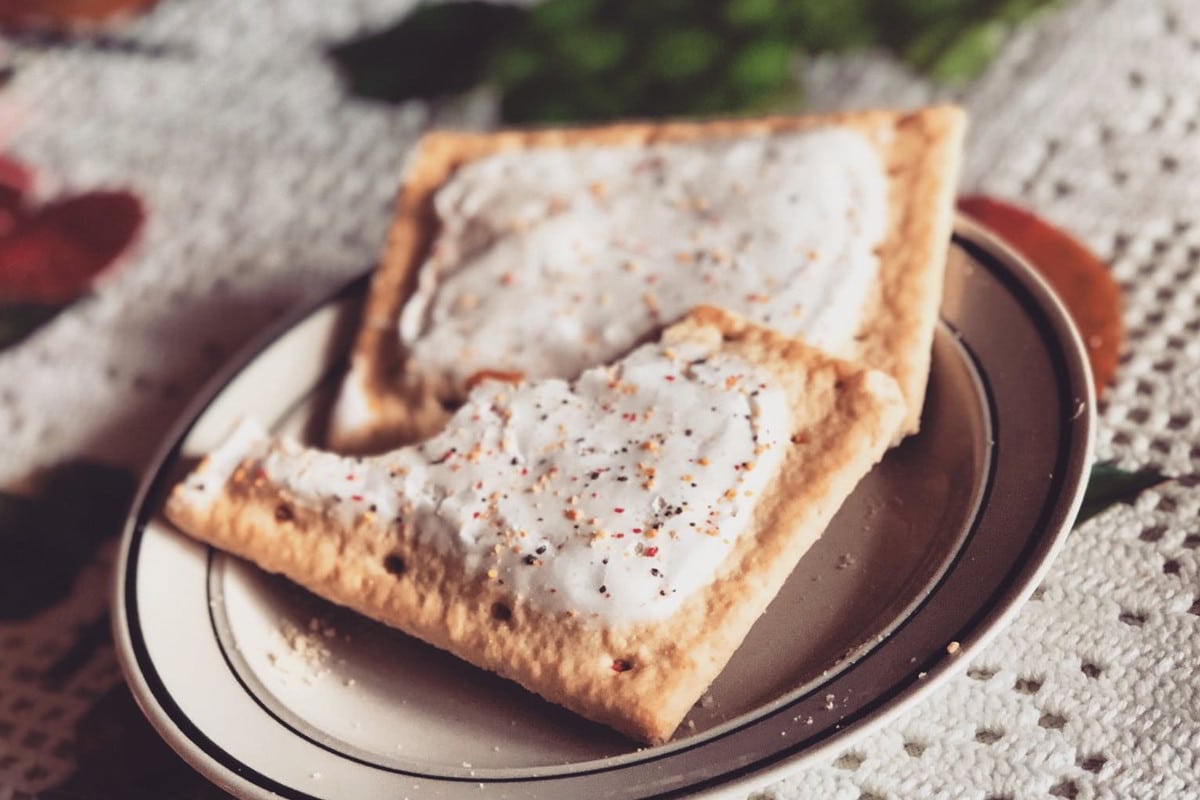
Can You Microwave Pop-Tarts? (Best Results Guide)
Pop-Tarts can be microwaved, but the frosting and filling heat unevenly. Find out the safest way to warm them quickly.
Read MoreExplore More Food Guides
Want more smart kitchen shortcuts? Discover freezing, reheating, storage, and other food tips in our main hub.
Go to Food Hub